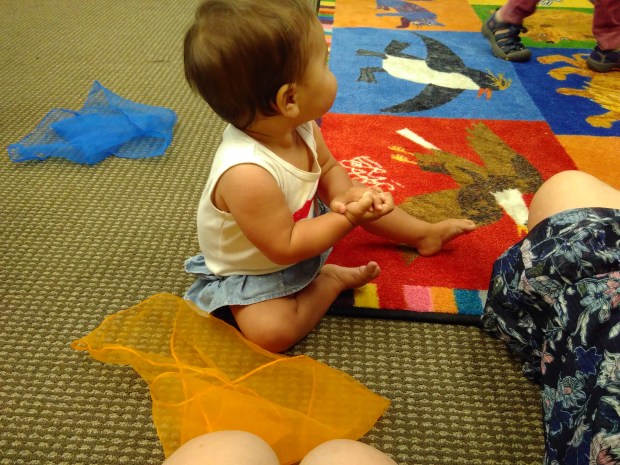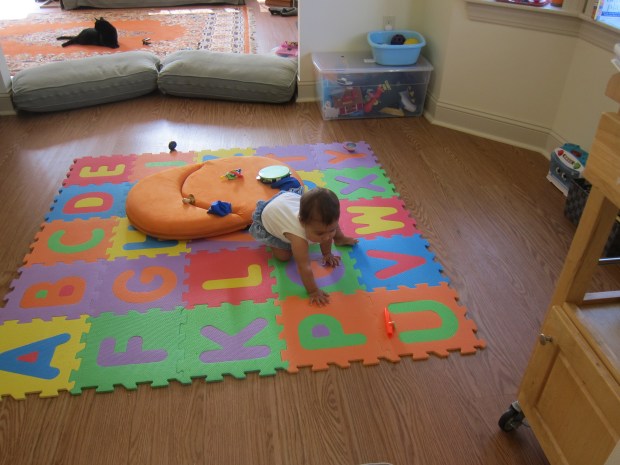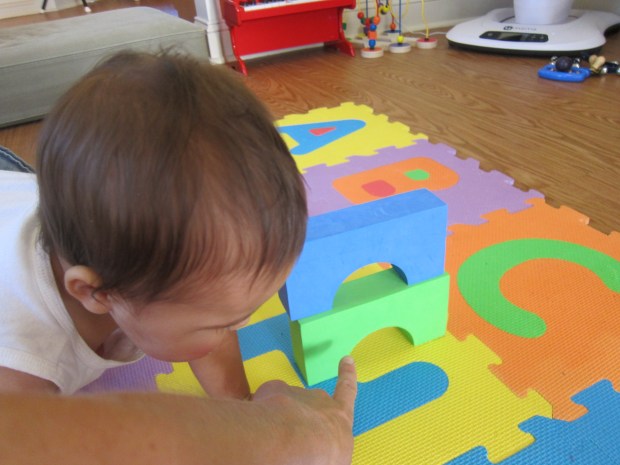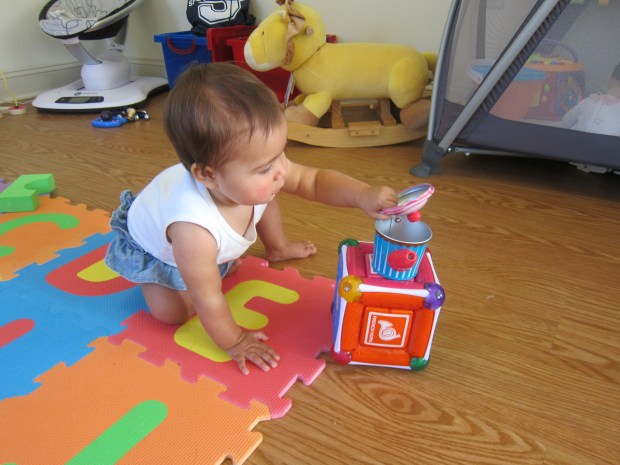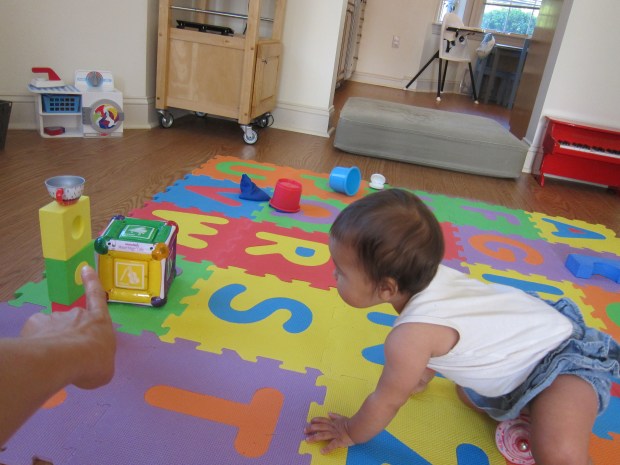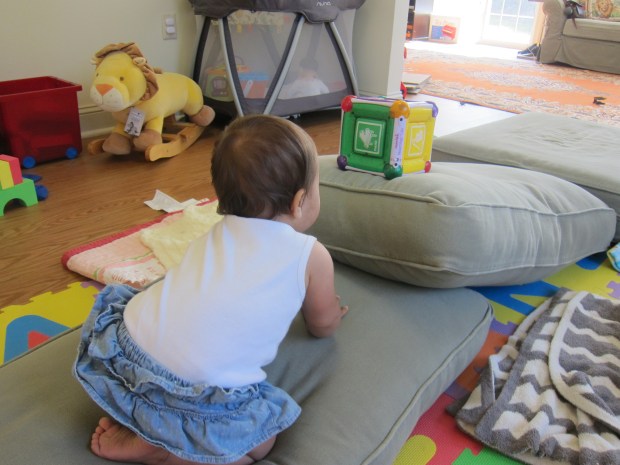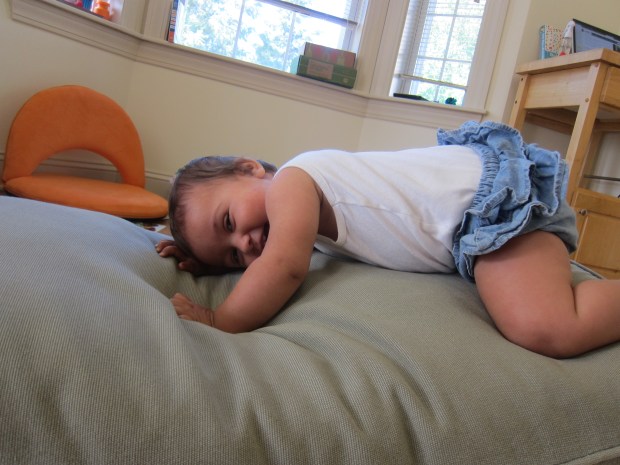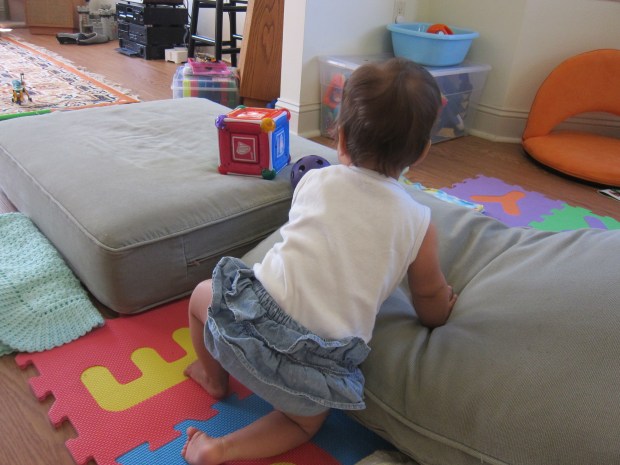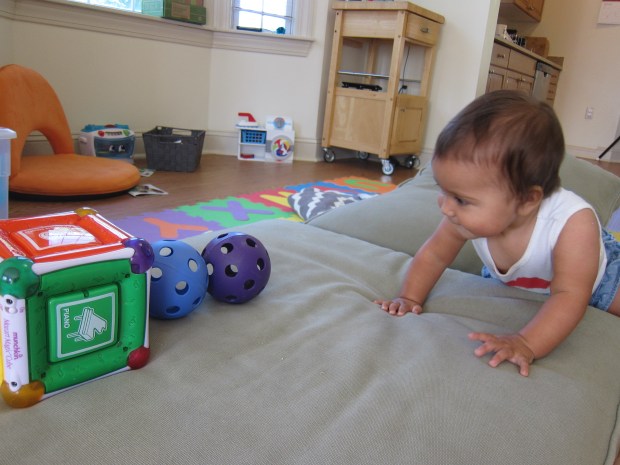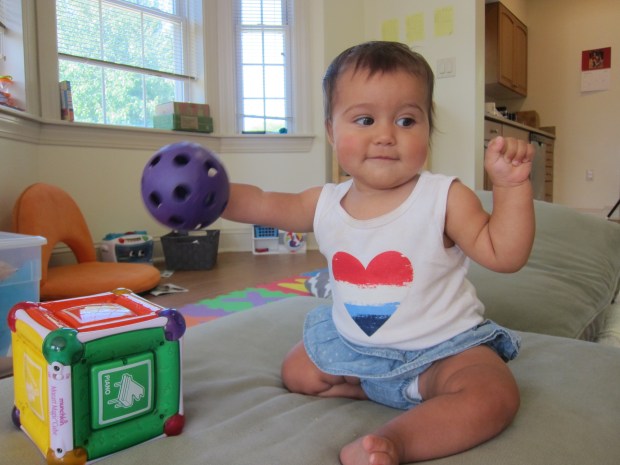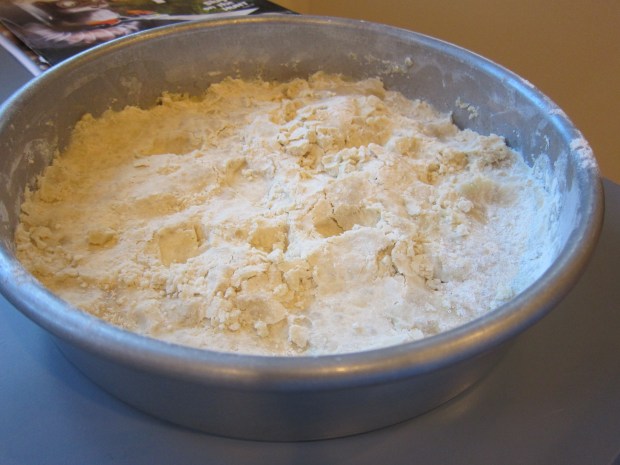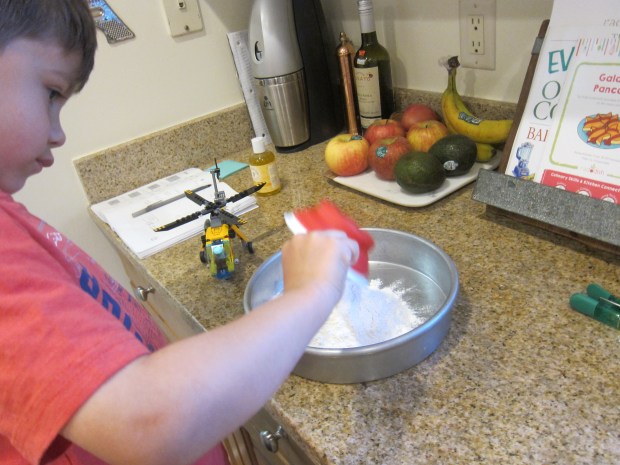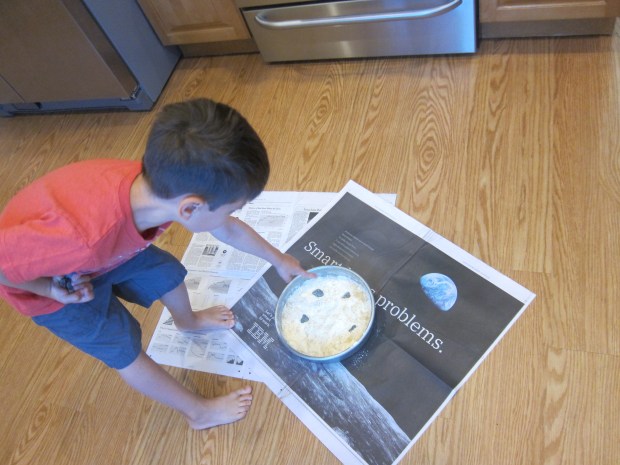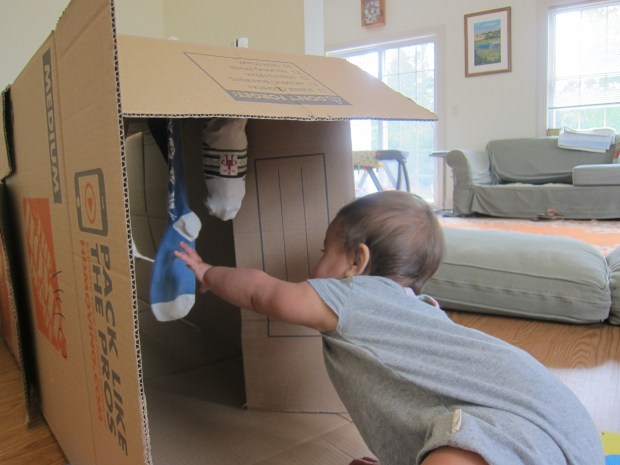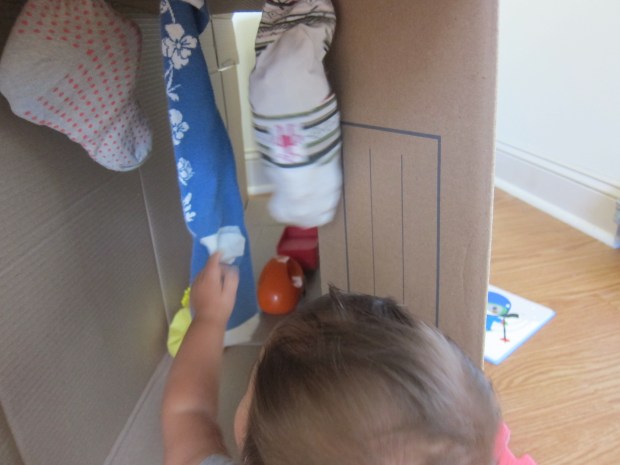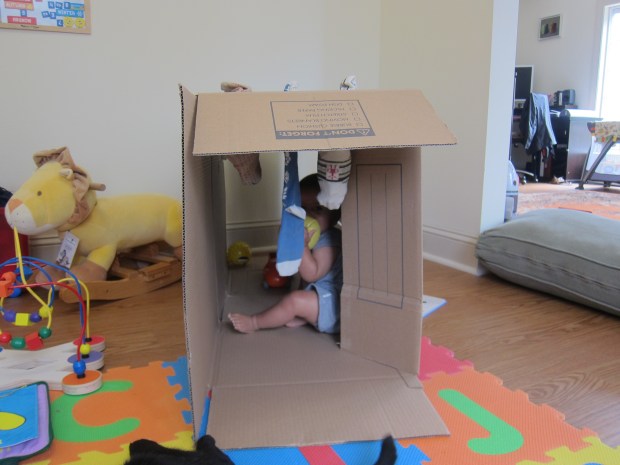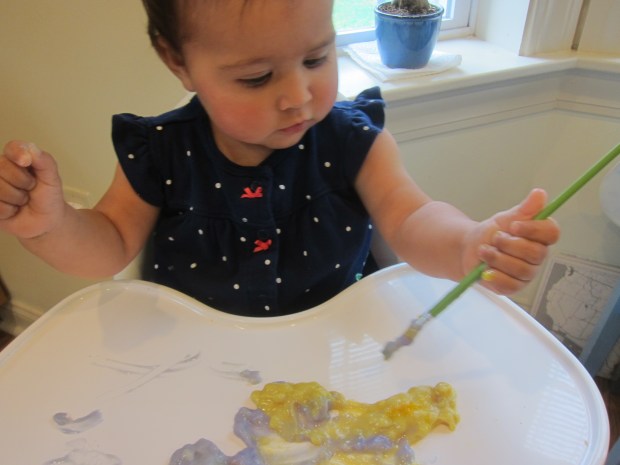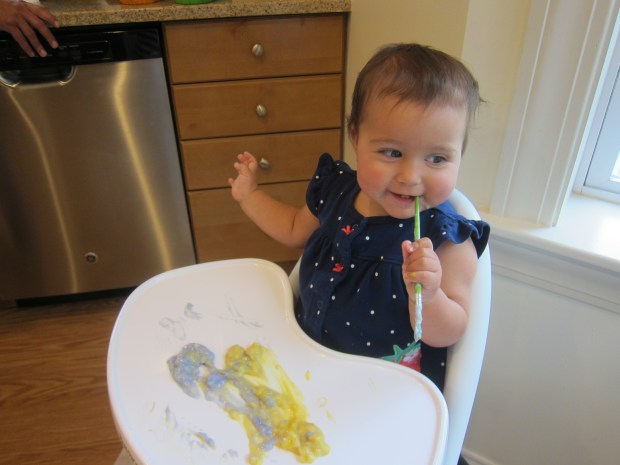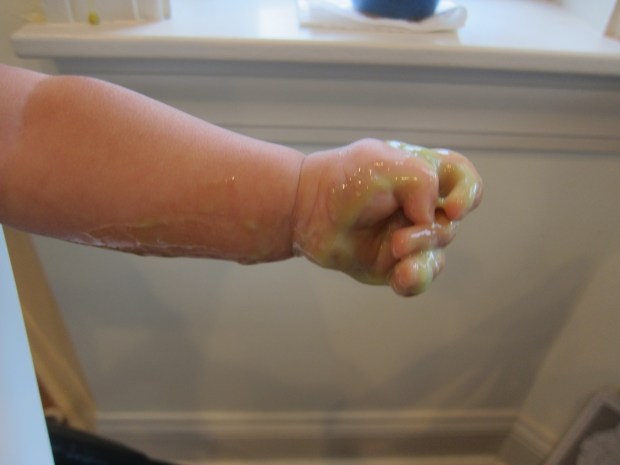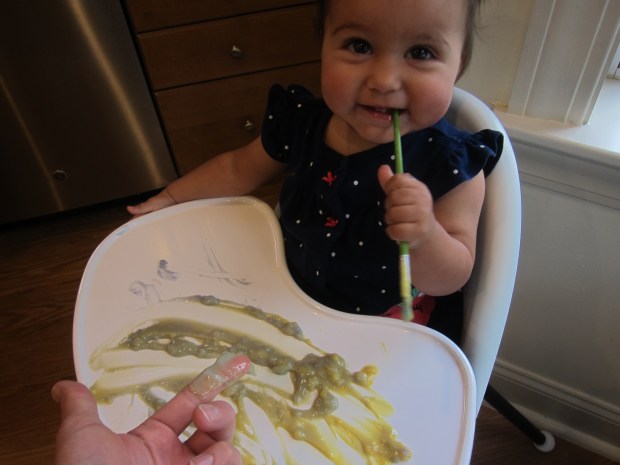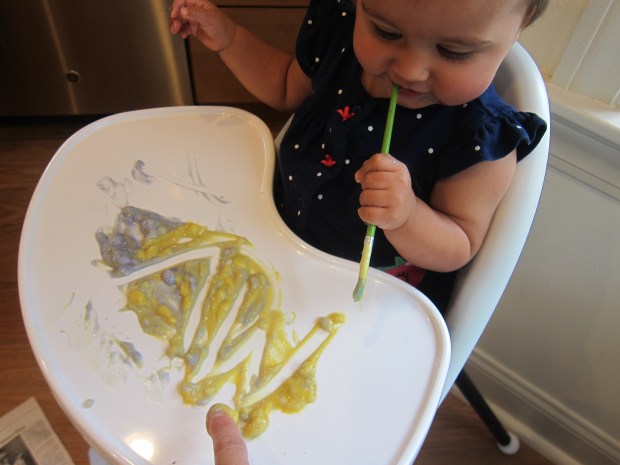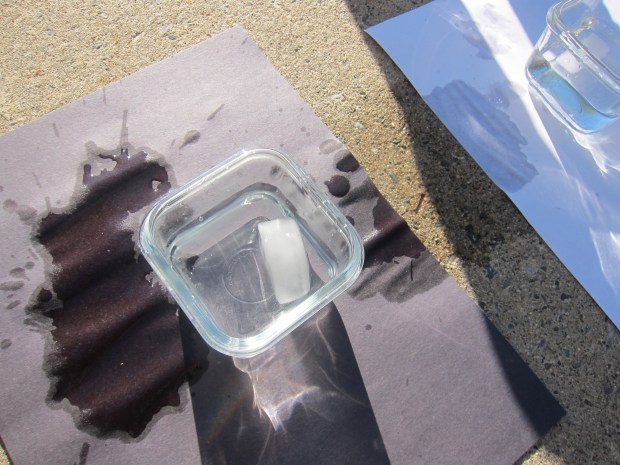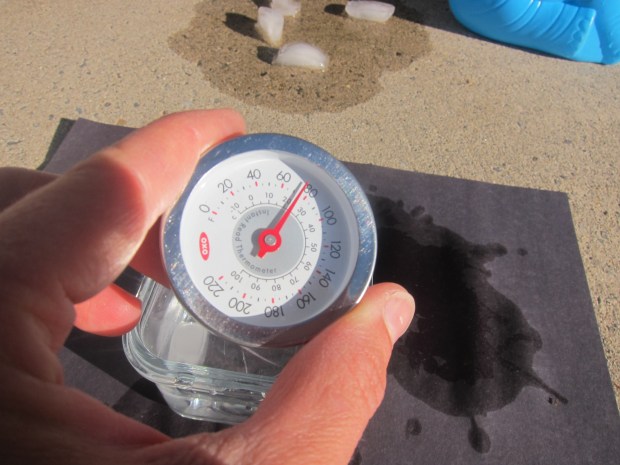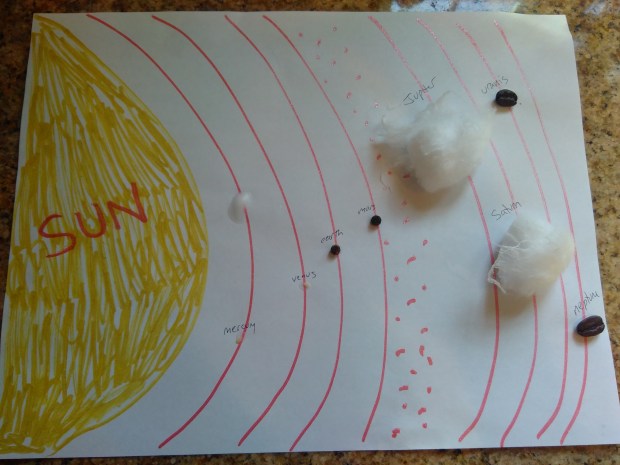
When you’re the only mom who gets her kid up and dressed and backpack packed and lunch made and head to the bus stop and then learn that the Friday before Labor Day is apparently also a day off from school… Well then whoops, you suddenly have a day to fill!
Luckily I had this little project from Raddish Kids up my sleeve, a chance to make two models of the universe: one tiny and one huge!
First I asked Travis what planet we live on. He correctly knew Earth, and was able to name a few facts about it, like how its watery.
Raddish provided a chart to name the other planets, all of which my budding astrologer could fill in. He proudly gave me a fact about each, which I wrote down (in glittery galactic pens, of course). Filling in the column with further questions about each planet was a bit harder for him to grasp, but big kids can write in any pending querries here, as well.
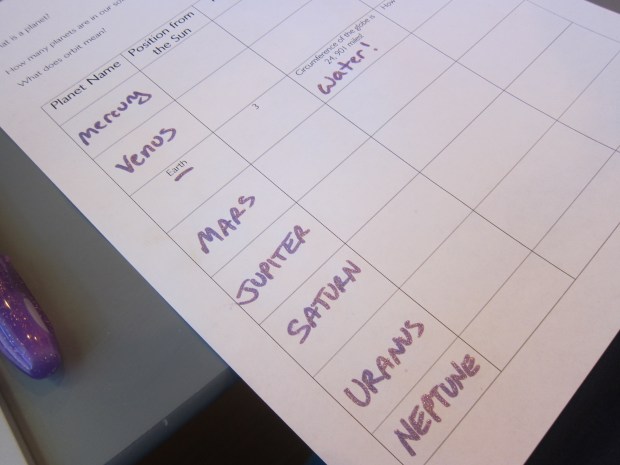
After watching a suggested video that helped him fill in a few new facts about each planet, it was time to model!
First up was the Tiny Solar System. I drew a half circle on the edge of a piece of white paper and labeled it as the sun. I drew 8 orbits, with an asteroid belt making a wide patch between the fourth and fifth lines.
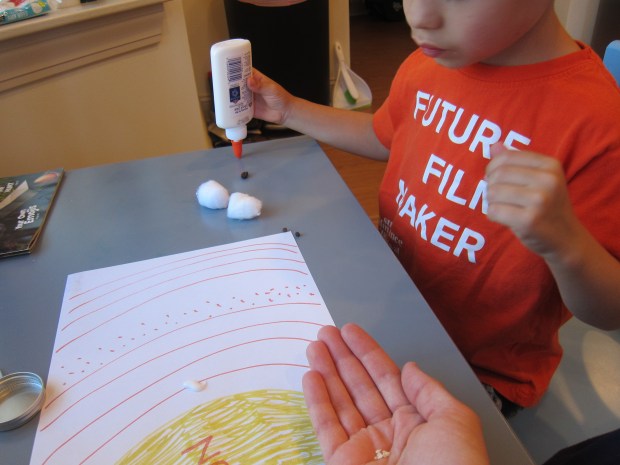
For scale models of the planets, we glued on the following:
2 sesame seeds (Mercury and Venus)
2 peppercorns (Earth and Mars)
2 cotton balls (Jupiter and Saturn)
2 coffee beans (Uranus and Neptune)

Note: the scale obviously isn’t exact, but the idea here is that the relative sizes of the planets (the enormity of Jupiter, the tininess of Mercury) become apparent. This model also didn’t show the distance between orbits to scale.
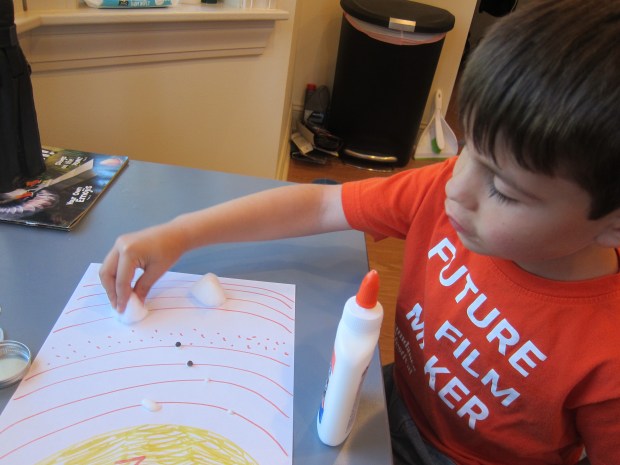
Travis marveled at the tiny sesame seeds. In fact they were so small we could barely see them until the glue dried!
Now for the Large Solar System! We headed out to the playground with a bag full of balls in various sizes. Travis was very curious as I collected these from around the house, but was soon to see why.
I inflated a silly starfish to be the sun and put this right in the center of a baseball diamond. (Note: A beach ball would work, too, but I liked that the starfish was a sun/star shape).
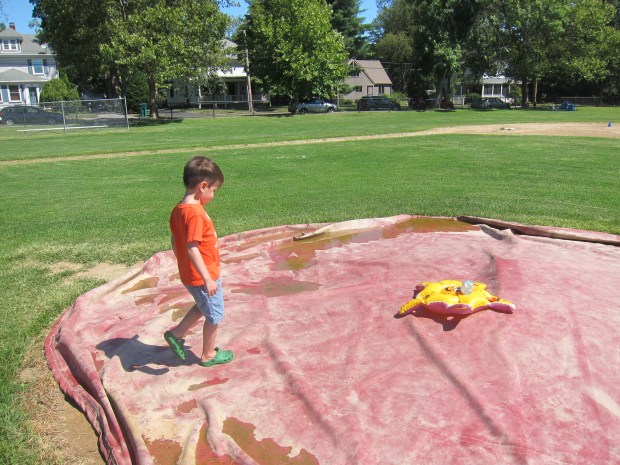
Next we walked out a full 78 steps from the sun holding a wiffle ball as “Neptune.” This took us right to the edge of the baseball field.
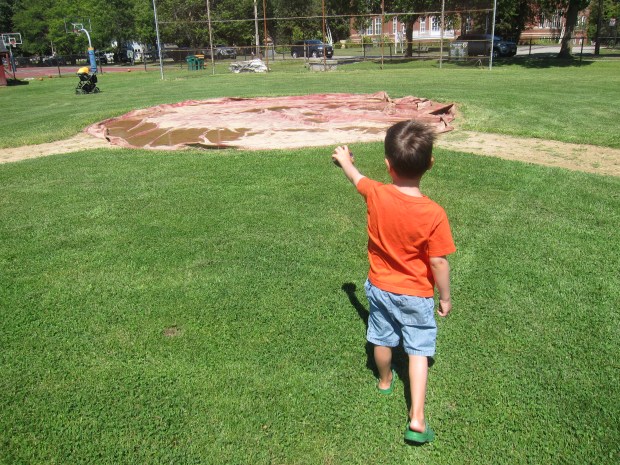
Repeat with the following:
50 steps: wiffle ball (or tennis ball): Uranus
25 steps: soccer ball: Saturn
13 steps: basketball: Jupiter
4 steps: ping pong ball (or golf ball): Mars
3 steps: ping pong ball: Earth
2 steps: marble: Venus
1 step: marble: Mercury
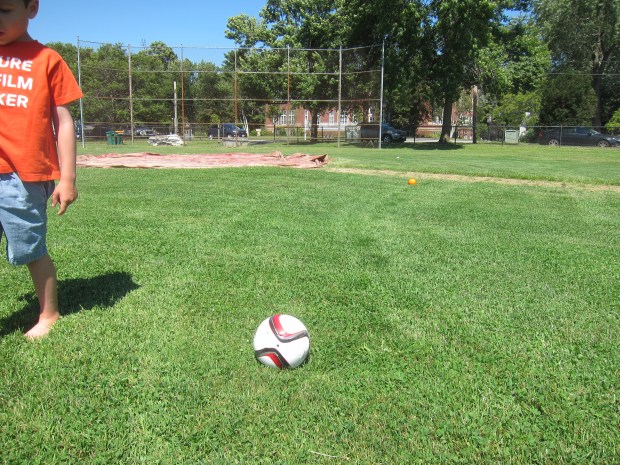
This exercise is eye-opening even for a grown-up, revealing how truly close our rocky neighbor planets are, and how truly vast the distances are between the outer planets.
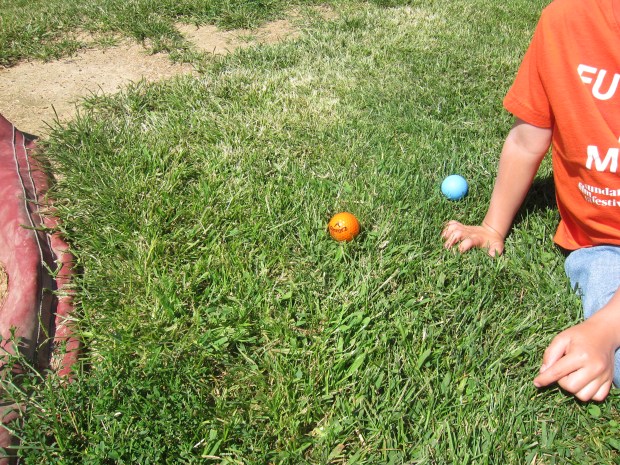
I shared these fun facts with Travis to highlight the great distance across the baseball field. Each step we’d taken was equal to 36 million miles. A rover took 6 months to reach Mars, that “one step” away, but 12 years to reach Neptune! He seemed impressed, but then wanted to play soccer… There goes Saturn!
On the way home, we made up some corny space jokes.
How did Mars know what Venus was thinking? It red its mind.
Why was Jupiter so stinky? Because it passed gas.
Ha, what space joke will your kid create? Please share in the comments!




















